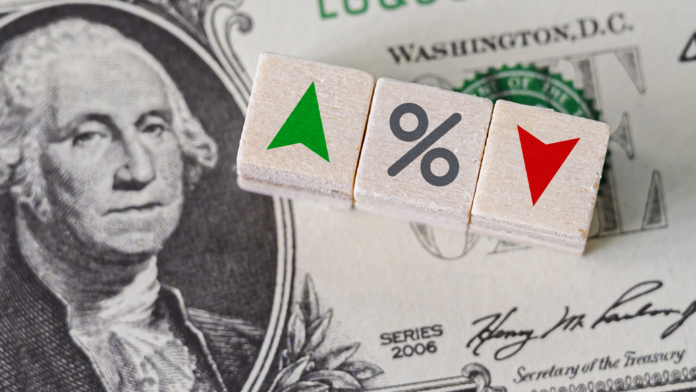The U.S. dollar rose on Wednesday, supported by its safe-haven status after the closure of the U.S. embassy in Kyiv, Ukraine, while the British pound gained strength as U.K. inflation in October exceeded expectations.
Earlier in the day, the Dollar Index, which measures the greenback against six other currencies, traded 0.3% higher at 106.490, recovering after dipping to a one-week low earlier in the session. The index reached a one-year high last week following Donald Trump’s presidential election victory. The rally was fueled by expectations of increased fiscal spending, higher tariffs, and stricter immigration policies—measures anticipated to boost inflation and slow Federal Reserve rate cuts significantly.
Geopolitical Factors Bolster the Dollar
The dollar gained additional support on Wednesday after the U.S. closed its embassy in Kyiv, citing “specific information of a potential significant airstrike.”
The warning followed Ukraine’s use of U.S.-supplied missiles to strike Russian territory and Russian President Vladimir Putin’s adjustments to his country’s nuclear strike policy.
These developments heighten the risk of further Western involvement in the ongoing conflict between Ukraine and Russia, increasing demand for the dollar as a safe-haven currency.
“So far, this has translated into some noise in the FX market, but no major moves,” ING analysts noted in a report. “We suspect that the dynamics in dollar crosses were still partly affected by the dollar’s overbought positioning status, which may have dampened geopolitics-related gains.”
With limited economic data on Wednesday, investors will focus on speeches from Federal Reserve Governors Michelle Bowman and Lisa Cook, as well as Boston Fed President Susan Collins, seeking further insights into the central bank’s future monetary policy direction.
Market sentiment indicates diminishing expectations for an interest rate cut at the Fed’s December meeting. According to CME’s FedWatch tool, the probability of a rate cut has dropped to 58.9%, down from 82.5% a week ago.
U.K. Inflation Surprises to the Upside
In Europe, GBP/USD edged down 0.1% to 1.2671, trading slightly lower due to the stronger U.S. dollar, even as higher-than-expected U.K. CPI data raised questions about a potential rate cut by the Bank of England (BoE) in December.
Consumer prices in the U.K. rose 2.3% year-over-year in October, exceeding the 2.2% estimate, and 0.6% month-over-month, marking the largest monthly increase in annual CPI since October 2022.
The increase comes ahead of the anticipated impact of the U.K. government’s first budget under new leadership, which includes higher taxes on businesses.
The BoE indicated that the budget is likely to contribute to inflation in 2025. On Tuesday, BoE Governor Andrew Bailey emphasized the central bank’s position that borrowing costs are expected to decline gradually.
“Even if there is another inflation print before the next BoE meeting, we would probably need a sharp slowdown in services inflation to put a rate cut back on the table,” ING analysts added.
Euro Faces Continued Pressure
EUR/USD fell 0.3% to 1.0560 as the European Central Bank (ECB) signaled a continuation of rate cuts in response to sluggish regional growth and inflation that has returned to target.
On Tuesday, ECB policymaker Fabio Panetta stated that the central bank should reduce interest rates to avoid hindering economic growth and potentially stimulate it.
“With inflation close to target and domestic demand stagnant, tight monetary conditions are no longer needed,” Panetta said, highlighting the need for more forward guidance as post-pandemic shocks subside.
PBoC Keeps Rates Unchanged
USD/JPY climbed nearly 0.7% to 155.80, with the yen remaining weak after Japan reported a larger-than-expected trade deficit for October. Attention is now turning to consumer inflation data, which is set to be released on Friday.
USD/CNY edged up 0.1% to 7.2462, hovering near a three-month high, following the People’s Bank of China’s (PBoC) decision to leave its benchmark prime lending rate unchanged. This decision aligns with expectations after last month’s rate cut.
Despite adopting several stimulus measures since late September, China has yet to implement more substantial fiscal policies, which investors are watching closely.



